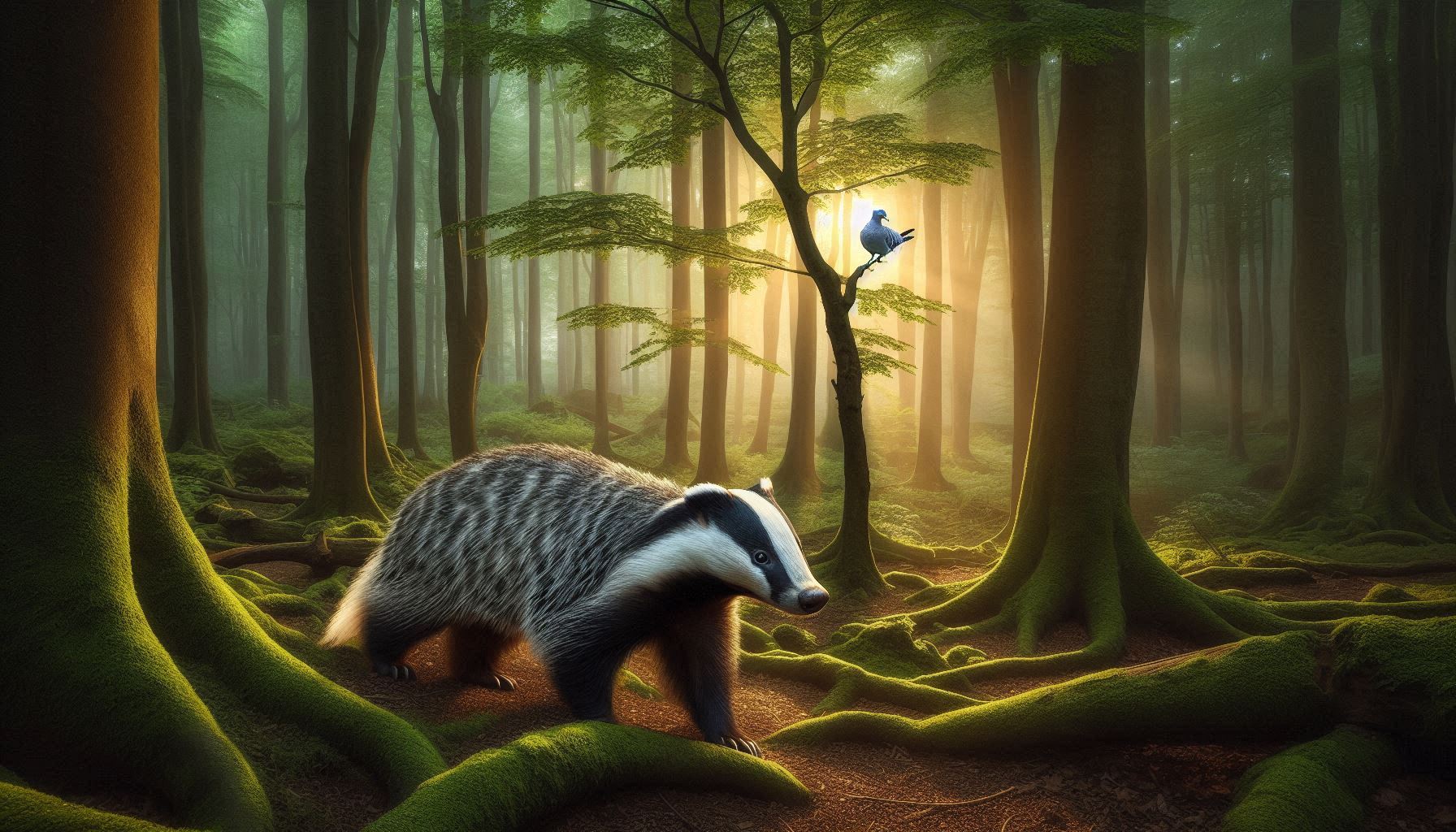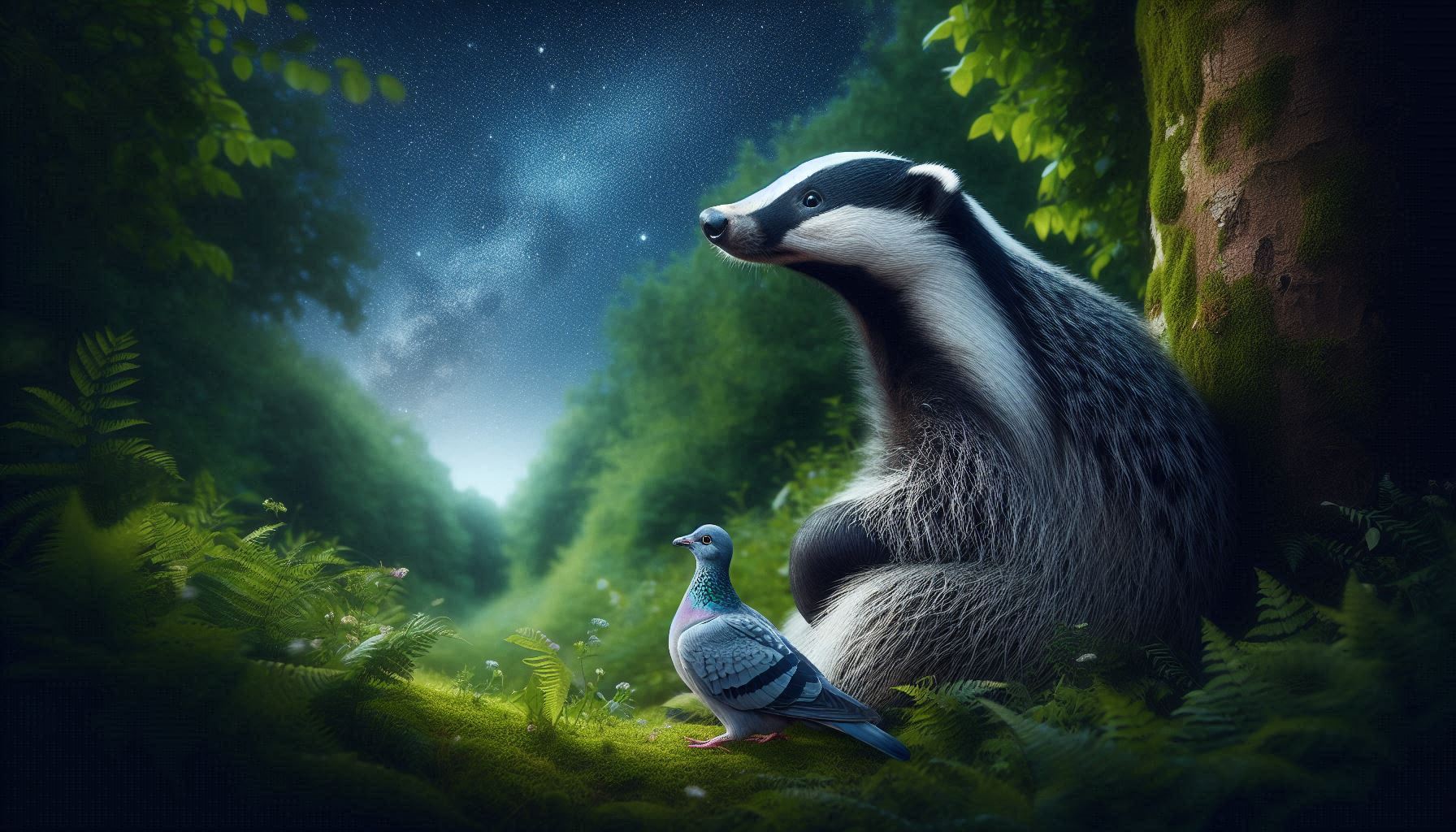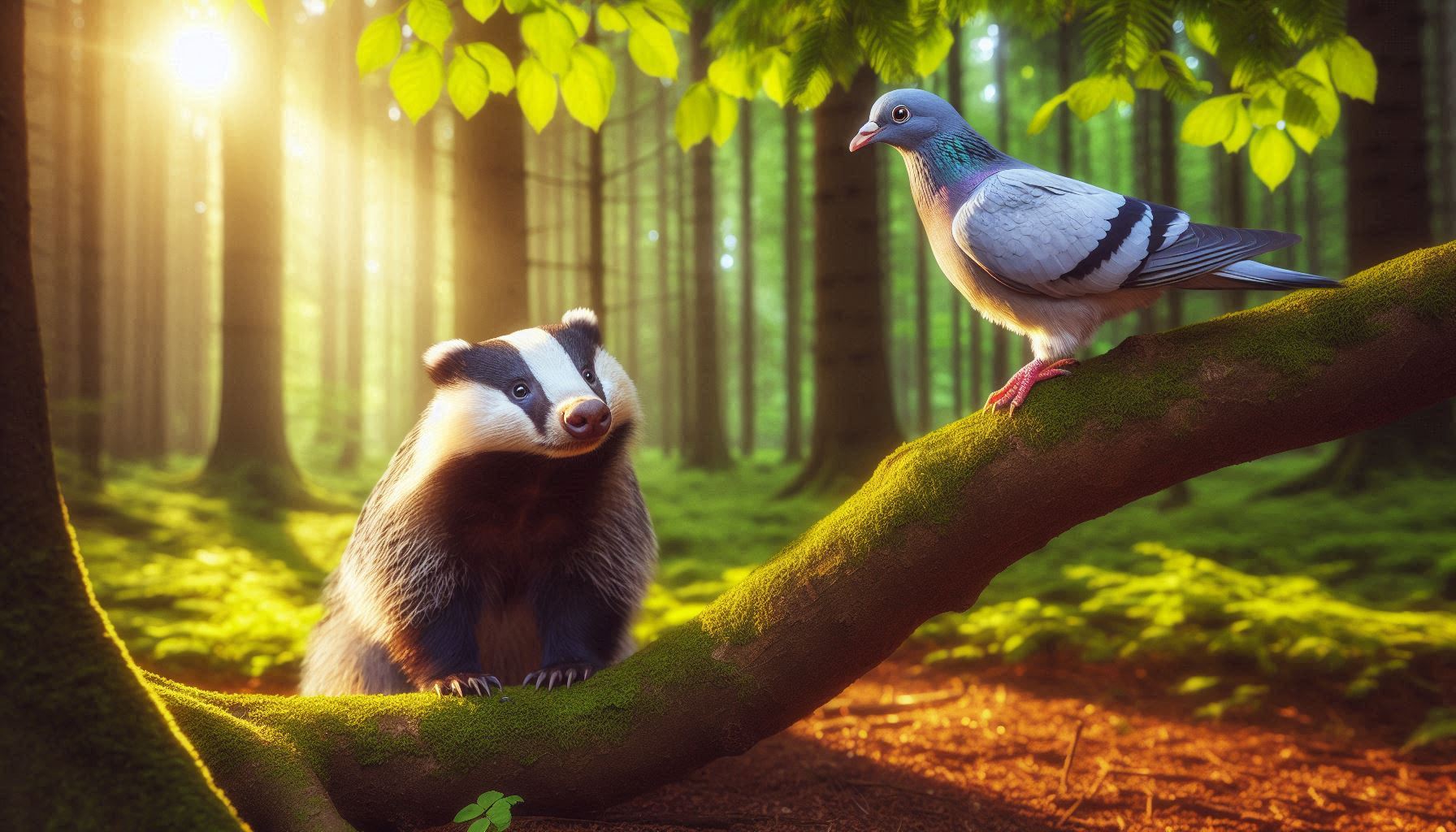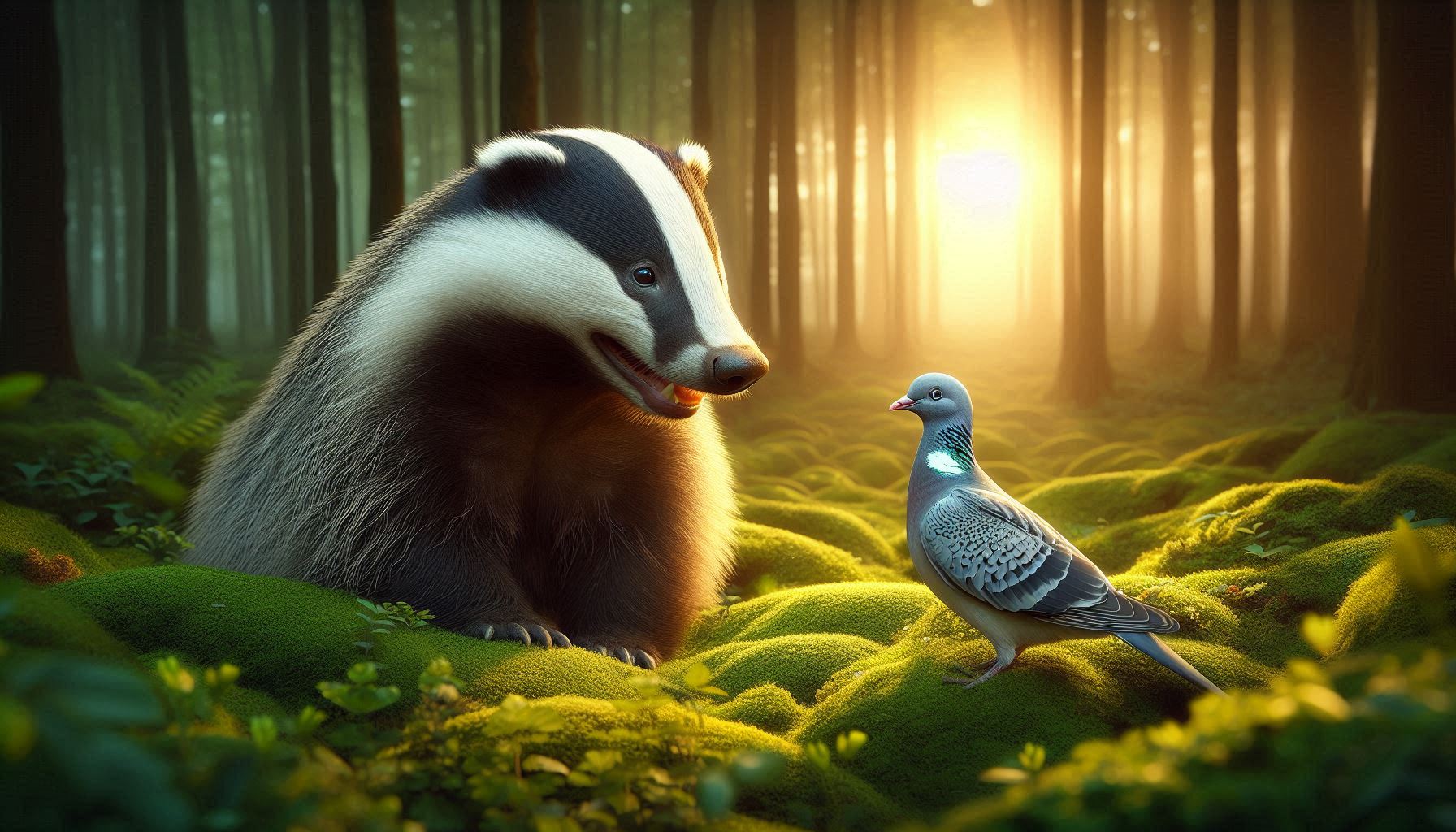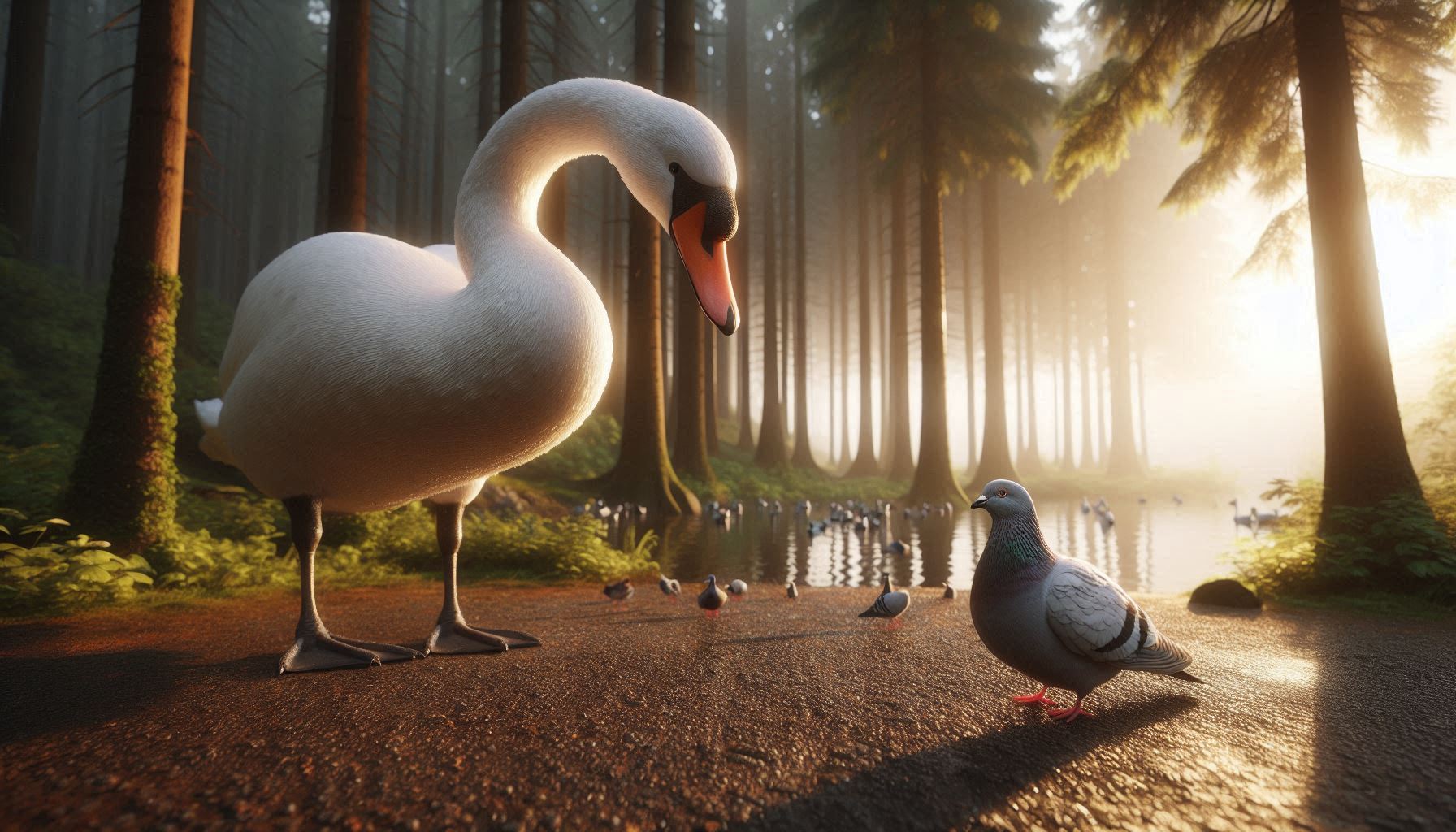Artificial Intelligence (AI) has rapidly evolved from an abstract concept to an integral part of our daily lives. Originating in the 1950s with researchers such as Alan Turing and John McCarthy, AI was initially imagined as the ability of machines to mimic human reasoning. Early AI systems were rudimentary and restricted by limited computing power, but advances in machine learning, neural networks, and data processing over the last few decades have transformed AI into a powerful, functional reality. Below, we take a look at how AI is changing the creative industry – in particular, focussing on some Applications for Microsoft’s AI Designer platform.
The rise of Artificial Intelligence
Today, AI is reshaping industries by automating tasks, analysing data, and solving complex problems that once required human intelligence. The technology’s potential applications in fields like design, web development, and computing are vast. In design specifically, AI can enhance creativity by automating repetitive tasks and generating visuals, layouts, and designs that save time and resources. As a result, AI-based platforms like Microsoft Designer are emerging to support designers with AI-powered tools, pushing the boundaries of what’s creatively possible. These tools not only streamline workflows but also enable companies and individuals to produce high-quality content quickly, responding to the demands of the fast-paced digital landscape.
The main AI design, video and writing applications
AI-powered tools have transformed creative fields by simplifying design, text generation and video production tasks. Here are some of the leading platforms available:
- Microsoft Designer: A versatile tool for generating designs and graphics, offering intuitive tools for layout, image, and text creation, ideal for those in need of fast, high-quality design assistance.
- ChatGPT (OpenAI): Specialises in text generation, providing content creation for blogs, social media posts, emails and scripts with conversational language that adapts to different tones and styles. Click to read more about ChatGPT.
- DALL-E (OpenAI): Generates high-quality images based on text prompts, ideal for art, illustration and concept generation for designers needing quick visual solutions.
- Canva AI: Known for its easy-to-use interface, Canva AI helps with graphic design, layouts, presentations, and social media templates, suitable for users of all skill levels.
- Runway ML: Focuses on video editing and special effects, using machine learning to generate, modify, and animate visual media for video creators and editors.
- Adobe Firefly: Adobe’s AI tool excels in creative tasks such as image editing, video effects, and graphic design with tools that integrate seamlessly into the Adobe Creative Suite for professionals.
The capabilities of Microsoft Designer
Microsoft Designer is an AI-powered platform that leverages advanced machine learning algorithms to assist with various design tasks, making it easier and faster to produce professional-quality visuals. Here are some of the capabilities of Microsoft Designer, including examples of AI artwork the platform generated for a new novel, Basil and Percy. This project is being produced with marketing and business support from business incubator WaFL:
- Image Generation: Create unique images based on user-defined prompts and stylistic preferences.
- Text Generation: AI-driven text generation tools to craft catchy headlines, descriptions and captions.
- Logo Design: Provides logo creation assistance with different styles and customisation options.
- Flyers and Leaflets: Easily generate marketing materials such as flyers, leaflets and posters.
- Social Media Posts: Create visually appealing posts optimised for social media platforms.
- Templates and Layouts: Offers pre-designed templates for various needs, including presentations, infographics and resumes.
- Brand Customisation: Supports branded content by allowing users to upload logos, fonts and colours to ensure consistency.
How Microsoft Designer works
Microsoft Designer operates through advanced AI algorithms and machine learning models that respond to user input and create visuals based on established design principles. Here’s how the platform typically functions to deliver professional-looking graphics and designs:
- Prompt Recognition: The platform first recognises the user’s instructions, such as a description of the desired image or layout. This initial input guides the AI on what to produce, whether it’s a logo, social media post or a flyer.
- Template Selection: Microsoft Designer offers various templates aligned with popular formats (e.g., Instagram, Facebook, posters). The AI then proposes design layouts that suit the user’s needs, with elements like text boxes, image placeholders and graphics already in place.
- Image Generation: For unique visuals, Designer utilises image-generation technology that creates custom graphics based on user-specified themes or keywords. This process combines machine learning with a large database of images and art styles, enabling it to offer visually coherent results.
- Text and Content Suggestions: The platform also assists in crafting copy, helping users develop engaging headlines, taglines and descriptions that align with the overall design. Microsoft Designer’s AI-driven text suggestions are tailored to the style, tone and purpose of the content. Take a look at this article to see how AI can write content.
- Style Adjustments: To create a cohesive look, Microsoft Designer provides users with style adjustments for colours, fonts and layouts. It draws on design principles such as balance, contrast and harmony, suggesting improvements based on what is generally appealing and professional.
- Customisation Options: While the AI does much of the work, users can customise fonts, colours and placement to suit their brand guidelines or personal preferences. This flexibility allows users to make changes while still benefiting from AI’s design intelligence.
- Download and Export: After completing a design, users can export it in various formats optimised for print or digital use, making it easy to share or publish content immediately.
Microsoft Designer’s AI technology makes it accessible and time-efficient for users who may not have professional design skills. It provides a robust starting point for design projects, enhancing creativity and productivity by reducing the time and effort spent on basic tasks.
Will AI design platforms replace graphic designers and artists?
As AI design tools grow more sophisticated, there’s an ongoing debate about whether these platforms could replace human graphic designers and artists. While AI platforms like Microsoft Designer can create polished visuals with ease, they still differ in fundamental ways from human creators.
One of the primary differences lies in creativity. AI designers tend to work within predefined parameters and algorithms, which can sometimes lead to results that feel formulaic or similar. This consistency can be useful for producing large quantities of content quickly, but it may lack the uniqueness and subtlety that a skilled human designer brings to the table. Human designers, on the other hand, draw from personal experiences, creative intuition and a deep understanding of cultural nuances (plus understand colour psychology), which often results in highly distinctive and original designs.
Additionally, AI lacks the interpretive skill to grasp complex or abstract concepts, limiting its ability to convey nuanced themes or convey a brand’s deeper personality – click to explore more about online branding. While AI can produce logos or layouts based on keywords and stylistic inputs, it can struggle with projects that require a more profound creative process, such as storytelling, intricate branding or visual metaphors. Human designers can capture and communicate these subtle qualities, which is especially important in industries where brand identity and emotional resonance are crucial.
Ultimately, while AI design platforms like Microsoft Designer are valuable tools that can handle repetitive tasks and provide instant results, they are unlikely to fully replace human designers. Instead, they serve best as complementary resources, helping designers streamline their workflows and focus on more creative aspects of their work. By combining AI’s efficiency with human originality, both can collaborate to produce powerful, innovative designs.
Final thoughts
AI is changing every aspect of life and work, and nowhere is this more apparent than in creative fields such as design, art, video production and CGI. Platforms like Microsoft Designer demonstrate how AI can contribute to the creative process by speeding up workflows, suggesting new ideas, and handling tasks that might otherwise be time-consuming.
While AI tools are highly capable, they truly shine when used alongside human designers. By automating routine tasks, AI frees up human creatives to focus on areas that require unique insight, intuition, and interpretation. In this collaborative model, AI can serve as a valuable source of inspiration, helping human designers push boundaries and think outside the box.
AI might be revolutionising design, but human creativity and vision remain essential and together, they offer exciting new possibilities for the future of design.


